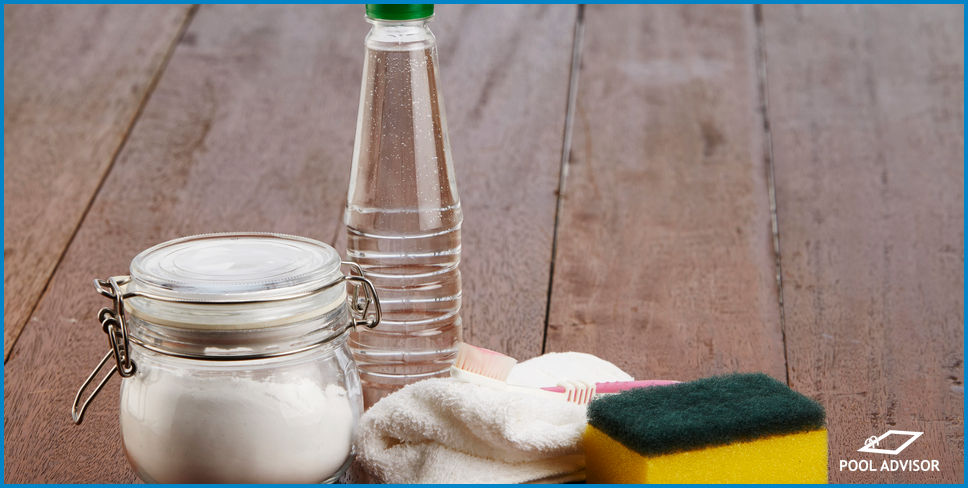
How To Clean Salt Water Chlorinator Cell With Vinegar
Salt cells are the main source of sanitation in saltwater pools. While these cells are essential for keeping your pool clean, over time they can become covered in mineral scale and lose effectiveness.
In this article we will discuss why cleaning your salt cell is important, why vinegar is a great choice for cleaning it, and how to clean your salt water chlorinator cell with vinegar.
Why Cleaning Your Salt Cell Is Important
Over time, your salt cell will develop a buildup of hard minerals, including salt itself. Although this is natural, a buildup of scale in your salt chlorine generator can reduce its ability to function effectively, reducing its ability to sanitise your pool.
For this reason, it is important to check your salt cell regularly to see if it needs to be cleaned. It is recommended that you check your salt cell approximately every two months, or more often if you fill your pool with bore water.
A self-cleaning chlorinator (such as the Zodiac TRi-XO) can allow you to get away with cleaning less often, but it will still be necessary from time to time.
Cleaning With Vinegar: Why It Works
Vinegar contains a naturally occurring acid known as acetic acid, which makes it a powerful and cost-effective method for cleaning your salt cell. The acetic acid component of vinegar slowly works to dissolve hardened mineral compounds, effectively acting as a scale remover.
Due to these scale removing properties, vinegar is used in a number of related household cleaning projects, such as descaling coffee machines and kettles. Vinegar is also a safer solution to handle than hydrochloric acid, which is another common option for cleaning salt cells.
How To Clean Salt Water Chlorinator Cell With Vinegar
Supplies You Will Need
- Nonmetallic container - This should be big enough to hold your salt cell and submerge it in the vinegar solution.
- Vinegar - Distilled white vinegar is preferred for its purity, but other types can be effective.
The Cleaning Process
Remove your salt cell from your chlorine generator and place it in the nonmetallic container of your choice. If applicable, you may need to detach your salt cell and drain it of any pool water.
Then, cover the appropriate parts of the unit in vinegar. If your salt cell resembles a jug, you may fill it with the vinegar solution instead of submerging it in a container.
Leave your salt cell to sit in the vinegar solution for two hours to start. Although vinegar is a mild acid, making it a much better choice than muriatic or hydrochloric acid, all acidic compounds can damage the plates of the salt cell that perform electrolysis.
For this reason, it’s important to only leave your salt cell in the vinegar solution for as long as it takes to effectively remove most of the built up scale.
As the plates of your salt cell start to become visible and the scale on them begins to turn brittle and fall away, you should drain the vinegar solution.
At this point, you should use fresh water to finish cleaning your salt cell. Many pool owners recommend a pressure nozzle for this step, but if the cell was left in the vinegar solution for an adequate amount of time, this will not be necessary.
Any remaining scale should be removed gently via rinsing. Because the coating on the plates of salt cells is fragile, you should never brush or scrub these plates in a way that could cause scratching or chipping to this enamel.
It is better to have small amounts of scale remaining on the salt cell than to damage it during the cleaning process.

Louis
A chemical engineer by trade, Louis is committed to debunking myths in the pool industry by explaining the underlying chemistry and making it accessible to all.
